|
Jumilla is an enchanting, small wine region in southeastern Spain. While visiting Jumilla in 2021, I had the opportunity to meet with the owners, David Ferraje and Helio Abellán of Bodegas Carchelo. Over a sumptuous meal, I tasted their portfolio of impressive wines. Bodegas Carchelo was founded in 1990 and is located at the foot of the Sierra del Carche mountains, reaching an altitude of 1371 meters above sea level. They have estate vineyards situated in five subregions of Jumilla, each with varying soil profiles and climate exposures that add to the character of these wines. In addition to producing high-quality wines, Bodegas Carchelo also focuses on respecting and protecting the environment. For an in-depth exploration of Jumilla, and its star grape Monastrell, the region’s principal grape variety, please click on the link below to read my article. Visiting Royalty - THE WINEKNITTER http://thewineknitter.com/1/post/2022/01/visiting-royalty.html Are you ready to wine and dine Jumilla style? Carchelo DOP Jumilla Carchelo is an award-winning, organic certified, and vegan-certified wine made with 100% Monastrell. The grapes are hand-harvested from various estate vineyards with different soils, altitudes, and exposures to seek the balance and character typical of this territory. This wine is aged for six months in 225-liter French oak barrels and a minimum of three months in bottle. Check out their creative wine label when the bottle is turned upside down! Nose: Red fruit, berries, plum, and spice. Palate: A fresh and lively wine with notes of red and dark berries, spice, balsamic, and balanced acidity. It is smooth with a persistent finish. Alcohol: 14.5% SRP: $16.99 Pairing suggestions: Medium cheese, pasta, tapas, and charcuterie. Bodegas Carchelo suggests pairing this wine with a traditional Spanish dish. Tortilla De Patata (Spanish omelet) Tortilla de Patata is a traditional dish commonly served throughout Spain. It is offered in cafes and bars as a tapa or appetizer and served as a light dinner in Spanish homes. Since there are so few ingredients, the key to making a perfect dish is to use excellent olive oil and fresh eggs. The oil is used for cooking the potatoes, and its flavor is evident throughout the finished dish.
The Spruce Eats provided the following recipe that serves six as an entree or 8-10 servings as an appetizer. Prep time: 15 minutes Cook time: 30 minutes Cool time: 15 minutes Ingredients: 6 - 7 medium Yukon potatoes peeled 1 medium yellow onion diced into 1/4” pieces 1/2 tablespoon kosher salt, or to taste 1 1/2 to 2 cups Spanish olive oil 5 large eggs Instructions: 1) Hand-slice the peeled potatoes in half lengthwise. Then, with the flat side down, cut the potatoes into approximately 1/8-inch thick pieces. 2) Place the potatoes and onions in a large bowl, sprinkle with salt, and gently mix together. 3) In a large, heavy, nonstick frying pan, heat 1 1/2 cups of olive oil over medium-high heat. Carefully place the potato-onion mixture into the frying pan, spreading it evenly over the surface. The oil should almost cover the potatoes. Turn down the heat slightly so the potatoes do not burn—you want them to fry slowly until tender and creamy. 4) Cook the mixture until the potatoes are done—if a slice of potato breaks easily when poked with a spatula, the potatoes are done. Remove the mixture from the heat and drain, or remove with a slotted spoon. Let the potatoes cool off. To speed up the process, carefully spread them out on a baking sheet. 5) Crack the eggs into a large bowl and beat them by hand with a whisk or fork. Pour on top of the cooled potato-onion mixture. Gently mix together with a large spoon. Let it sit for about 5 minutes. 6) In a 9- or 10-inch nonstick pan, heat 1 to 2 tablespoons of the remaining olive oil over medium heat. Add the egg mixture, spreading it out evenly. Allow the egg to cook around the edges. Carefully lift up one side of the omelet to check if the egg has slightly browned. The inside of the mixture should not be completely cooked, and the egg will still be runny. 7) When the mixture has browned on the bottom, remove the pan from the stove and place a large dinner plate bigger than your pan on top. Turn the pan alongside the plate, so the tortilla sits on the plate. 8) Place the frying pan back on the stove and add just enough remaining oil to cover the bottom and sides of the pan. Let the pan warm for 30 seconds or so. 9) Slide the omelet from the plate into the frying pan. Use the spatula to shape the sides of the omelet and allow it to cook for 3 to 4 minutes. Turn the heat off and let the tortilla sit in the pan for two additional minutes. Next, slide the omelet onto a plate or cutting board and slice it into 6 to 8 pieces, like a pie. Enjoy with a glass of Carchelo! Until next time… Salud and disfrute de su comida! Penina To leave a comment or if you have an inquiry, please contact me at [email protected] To usher in autumn, I thought it would be fun to travel to Tuscany. And the best part is that you don’t have to pack a bag or wait in long lines at the airport. A glass of Tuscan wine and an authentic Tuscan soup recipe is all you need for your travels. Let your palate take you on a delectable sensory adventure! The Wine I have selected two Tuscan wines for the journey; both pair well with the featured soup that follows. Dogajolo Toscano Rosso IGT 2020 Carpineto, a Tuscan winery founded in 1967, produces Carpineto and Dogajolo wines. This year marks a 30-year milestone for the production of Dogajolo Super Tuscans, specifically Toscano Rosso, launched in 1993. In 2009, Toscano Bianco was added to the Dogajolo line, followed by Toscano Rosato in 2011. They have 1,200 acres of sustainably farmed land spread amongst five carbon-neutral estates in the appellations of Brunello di Montalcino, Chianti Classico, Vino Nobile di Montepulciano, Maremma, and Alto Valdarno. This wine is 80% Sangiovese and 20% Cabernet Sauvignon sourced from Tuscan hillside vineyards. It is aged six months in previously used French and American oak barrels and cement vats, followed by four to six months in bottle. Nose: Fragrant red fruit, cherry, and baking spice. Palate: Juicy red berries spill onto the palate with cherry, plum, a hint of balsamic, and coffee beans. Smooth and delicious! Alcohol: 13% SRP: $14.99 Talosa “Alboreto” Nobile di Montepulciano DOCG 2019 Fattoria Della Talosa is a boutique winery with 33 hectares of vineyards in the heart of Montepulciano in Tuscany and has been owned by the Jacorossi family since 1972. Their historic aging cellar dates back to the 16th century. It is in the old town center of Montepulciano, in an underground area between two of the oldest buildings in the city, Palazzo Tarugi and Palazzo Sinatti. The brick passageways contain a series of vaults and niches where the barrels are placed. In 1980, Vino Nobile became one of the first four appellations given the superior status of DOCG, along with Barolo, Brunello di Montalcino, and Barbaresco. The grapes for this 100% Sangiovese are sourced from the Vino Noble di Montepulciano DOCG appellation. The wine is aged for two years in barrels of 2nd, 3rd, and 4th passage and stainless steel and then continues to age in bottle. Nose: Floral, berries, cherry liquor, baking spice, and a hint of sweet tobacco. Palate: Aromas segue onto the palate with dark cherry and spice. Tannins and acidity are beautifully balanced, with cherry, cocoa, and vanilla lingering on a long finish. Alcohol: 14.5% SRP: $25 The Soup Ribollita - An Italian Fall Vegetable Soup featuring stale bread. I would love to take credit for this Tuscan soup, but the honor goes to Iolanda Marcocci, a beautiful ninety-year-young nonna. Coleen Kiman, host and owner of Tuscan Women Cook, says, “Our first bowl of this hearty soup was prepared by Iolanda, who served it al fresco on the terrace outside her kitchen on a long, weathered table overlooking a sweeping Tuscan sunset. It is a rich sense memory we’ll always cherish.” This hearty soup is a favorite of the nonnas of the Tuscan village of Montefollonico and the participants of Tuscan Women Cook. Ribollita dates back to the Middle Ages when peasants foraged for whatever food they could find to make a thick soup, which included stale bread that, when toasted and added to the broth, maintained its shape and absorbed all the flavors. Ribollita means “re-boiled” in Italian. When “reheated” the next day, it is even better! Coleen says, “When the bread has an extra day or two to absorb even more of the flavorful broth, Ribollita will thicken and taste creamy. Feel free to add your own favorite vegetables and herbs to this recipe. There are no hard and fast rules for Ribollita, except to reheat and enjoy, day after day!” Serves 8
Ingredients
Instructions Rinse the beans in a colander and pick out any debris or small stones. Place in a medium stockpot and add cold water to cover the beans by about 2 inches. Cover and soak overnight. Drain the beans and cover them with fresh water. Add the Parmesan cheese rind. Over medium heat, simmer until the beans are tender, about 30 minutes. Set aside. Heat the olive oil in a large Dutch oven over medium heat. Add the diced onion, carrots, and celery (soffritto). Cook, stirring occasionally, until the onions are translucent, for about 10 minutes. Stir in the tomatoes, the beans, and their cooking liquid. Season with salt, pepper, and oregano. Add the chard and cabbage. Add additional water, chicken, or vegetable stock as needed to completely cover the chard and cabbage. Bring the mixture to a boil. Reduce the heat and simmer for 1 hour. Adjust the seasonings to taste. Place a piece of bread in each bowl. Ladle the soup on top of the bread. Top each serving of the soup with some Parmesan cheese, a dash of olive oil, and freshly ground black pepper. Recipe and photo reprinted with permission of www.TuscanWomenCook.com from the Tuscan Women Cook Cookbook. Tuscan Women Cook: Nonnas. Memories. Recipes cookbook is a wealth of generational recipes put together by Coleen Kiman with Rhonda Vilardo. The nonnas of the village of Montefollonico and neighboring towns shared the recipes. The book has over 50 delectable recipes, photos, stories, and many tips. Enjoy the wine and soup, and happy travels! Until next time… Cheers! Penina To leave a comment or if you have an inquiry, please contact me at [email protected] Bastille Day is celebrated in France every year on July 14th and in many French-speaking regions worldwide, including the USA. The French also refer to this day as “Le Quatorze Juillet” (the 14th of July) or “La Fête Nationale” (The National Day.) On July 14th, 1789. a group of revolutionaries stormed the Bastille prison in Paris marking the start of the French Revolution. The Bastille was a symbol of the tyrannical rule of the Bourbon monarchy. Without going into a detailed history lesson, suffice it to say King Louis XVI and his wife Marie Antoinette were overthrown, ending the “Ancien Régime.” The Bastille prison was torn down by the order of France’s new revolutionary government, with the last stone removed in 1790. And we all know the fate of Marie Antoinette. Although it was a violent time, Bastille Day is a celebration in France with parades, fireworks, food, wine, and dancing. And even though I never need a reason to pour a glass of wine, it’s a perfect time to open a bottle and toast Bastille Day! So, I’m celebrating with French rosé and sharing my favorite crab quiche recipe from Julia Child’s “Mastering the Art of French Cooking.” Fleur De Mer Côtes de Provence Rosé 2022 This rosé is from the Côtes de Provence, the largest appellation in Provence, located in southeastern France. The name of this wine means “flower of the sea,” paying homage to the lavender fields that blanket the landscape of Provence and thrive in the warm sun and fresh, crisp seaside air. Winemaker Florian Lacroux selected Cinsault, Grenache, and Carignan to form the core of this blend, supported by other Provençal grapes in a beautifully blended and layered rosé. Nose: Lovely floral aromas with hints of lavender, subtle red berries, white stone fruit, herbs, and minerality. Palate: White peach, raspberry, strawberry, melon, vibrant acidity, minerality, and a touch of salinity, with a dash of citrus zest on the finish. Fresh, lively, and playful! Alcohol: 13% SRP: $22 Pairing suggestions: Enjoy as an aperitif or pair with crab quiche, grilled seafood, veggie salads, or roasted chicken. Crab Quiche Recipe I began making this quiche in the early 1980s, and it always brings a smile and a contented sigh to those who eat it. I always use fresh lump crabmeat for this recipe and allow the quiche to cool slightly before slicing. Please forgive the stained pages, as I tend to occasionally splatter when cooking! I’m sure that Julia would have appreciated how well-worn this book is! Whether you’re celebrating Bastille Day or life in general, enjoy it with a glass of rosé and crab quiche! Your palate will thank me! Joyeux jour de la bastille! Until next time…
Cheers! Penina To leave a comment or if you have an inquiry, please contact me at [email protected] The month of April is ending with her classic “April showers” all weekend long. And we all know what May brings! I’m looking forward to May flowers, warmer weather, spending more time outdoors, and taking the kitchen outside for the grilling season. Just because the warmer months are almost upon us does not mean one has to pack away the red wines along with mittens and boots. On the contrary, red wines are to be enjoyed year-round and are a great accompaniment to many summer dishes. So to kick off the season, I’ve rounded up a selection of six red wines that will pair beautifully with whatever you might have on the grill. The wines range from $13.99 to $25.00 and will not disappoint your palate. Bodegas Valdemar Conde Valdemar Crianza 2018 Bodegas Valdemar Winery is located in Oyon, Alava Spain, and has a history of winemaking dating back to 1889. They have 300 hectares of vineyards throughout Rioja and are considered one of the largest estates in Rioja. Grapes for this wine are a blend of 89% Tempranillo, 7% Mazuelo, and 4% Graciano sourced from estate vineyards in Rioja Alavesa and Rioja Alta. The wine is aged in American oak barrels for 17 months. Nose: Fragrant notes of blueberries, cherry, and baking spice. Palate: Juicy dark berries, cherry, vanilla, and earthy. Tannins and acidity are well-balanced, with dark fruit lingering on a long finish. Alcohol: 14% SRP: $19 Pairing suggestions: Cheese platter, grilled meat, tuna, veggies, pasta, stews, and pizza. Veramonte Pinot Noir 2020 Viñedos Veramonte is an organic estate located at the extreme eastern end of Chile’s Casablanca Valley. The Veramonte vineyards are in both Casablanca Valley and Colchagua Valley. This wine is made with 100% Pinot Noir organic grapes from Casablanca Valley. It is aged for eight months in natural oak. Nose: Red berries, bing cherries, a hint of spice, and earthy. Palate: Strawberry, raspberry, and plum dance on the palate. Fresh with good acidity, silky tannins, and a long, savory finish. Alcohol: 13.5% SRP: $13 Pairing suggestions: Grilled meat and poultry, risotto, pasta, or seafood salad. Cline Eight Spur Zinfandel, Dry Creek Valley 2020 This California wine is produced by Cline Family Cellars, established in 1982, a family-owned and operated winery. The grapes for this 100% Zinfandel are sourced from Dry Creek Valley in Sonoma County, one of the oldest growing areas in California. The valley holds the daytime heat, ripening grapes until sundown when cool ocean breezes whistle through the canyon, extending the growing season to increase varietal complexity. The wine is aged in 40% new French oak for 15 months. Nose: Berries, dark cherry, plum, and baking spice with a hint of lavender. Palate: Aromas segue onto the palate with notes of raspberry, blackberry, blueberry, and vanilla. It is rich, smooth, and well-structured, with sour cherries and vanilla lingering on the finish. Alcohol: 14.5% SRP: $25 Pairing suggestions: Grilled anything! BBQ ribs, spicy cuisine, pizza, seared tuna, or roasted leg of lamb. Graffigna Glorious Collection Malbec 2020 Graffigna was established in 1870 when Santiago Graffigna left Italy and arrived in San Juan, Argentina, bringing with him his passion and wine expertise. It is considered one of the oldest wineries in San Juan. Today, Santiago’s vision and spirit are honored with each bottle produced, and care is taken to maintain the quality and character of the grapes. The grapes for this 100% Malbec are sourced from the Uco Valley in Mendoza. 70% was aged in French oak for 12 months, and 30% in concrete and stainless steel vats. Nose: A touch of violet, plum, sour cherry, and baking spice tease the senses. Palate: Concentrated and juicy fruit, with aromas spilling onto the palate. Blackberry and plum linger on the finish, with soft tannins and nice acidity. Alcohol: 14.5% SRP: $18.99 Pairing suggestions: BBQ, grilled meat and veggies, mushroom risotto, stews, or a charcuterie board. Cantine Ermes Epicentro Nero d’Avola Riserva Sicilia DOC 2018 Cantine Ermes was founded in 1998 in the heart of Belice Valley in Sicily. It is a cooperative “born from the idea of young Italian minds.” They produce wines from Sicily, Veneto, and Puglia, with an impressive 10,592 hectares of vineyards spread across these territories, with the majority of vineyards in Sicily. This wine is 100% Nero d’Avola aged in 500-liter tonneaux for 18 months. Nose: Lovely bouquet of dark fruit, plum, berries, and baking spice. Hints of toasted oak and minerality waft through the fruit. Palate: Aromas continue onto the palate with strawberries, cherry, clove, and pepper. Soft tannins and well-balanced with a rich blackberry jam finish. Alcohol: 14% SRP: $17 Pairing suggestions: BBQ, grilled meat and fowl, marinated lamb, pasta, stew, or mature cheese. Talosa Rosso Di Montepulciano DOC Toscana 2020 Talosa is a boutique winery with 33 hectares of vineyards in the heart of Montepulciano in Tuscany and has been owned by the Jacorossi family since 1972. Their historic aging cellar dates back to the 16th century, which is in the old town center of Montepulciano, in an underground area between two of the oldest buildings in the city, Palazzo Tarugi and Palazzo Sinatti. The brick passageways contain a series of vaults and niches where the barrels are placed. The grapes for this wine are 85% Sangiovese, Merlot and Canaiolo, 15%. It is aged in stainless steel, tonneaux, and large barrels for a minimum of three months. Nose: Floral, strawberries, blueberries, cherries, and a hint of spice. Palate: Fresh and lively, with notes of plum and sweet cherry, a balsamic undertone, and a touch of spice on the finish. Very nice. Alcohol: 13.5% SRP: $25 Pairing suggestions: Grilled red and white meat, appetizers, seared tuna, spicy cuisine, or risotto. I hope these wines pique your interest! Below is a delicious recipe for marinated tuna steaks. It is an easy recipe to make and works using the grill, broiler, or a quick sear on the stovetop. I love it! And all of these wines will pair beautifully with it! Marinated Tuna Steaks For The Grill Courtesy of allrecipes.com Ingredients (for four servings)
If you try any of the above wines, please share your thoughts and pairings!
Until next time… Cheers! Penina To leave a comment or if you have an inquiry, please contact me at [email protected] This month features treats from Argentina! The sultry tango dance might come to mind when one thinks of Argentina. And when it comes to wine and food, Malbec and chimichurri sauce lead the way in creating an enticing dance on the palate! Domaine Bousquet is a family-owned winery and Argentina’s largest producer and exporter of organically grown wines. It is located in the Gualtallary Valley, high up in the Tupungato district of the Uco Valley, where altitudes can reach up to 5,249 ft. The winery was founded in 1997 by winemaker Jean Bousquet, originally from Carcassonne in Southwest France, where his family expands four generations of winemaking. Domaine Bousquet is noted for its use of French and Argentinian winemaking techniques. French-born Anne Bousquet, daughter of Jean and President and CEO of the company, stated, “The objective of the Bousquet family was to unite our tradition of European winemaking with the ideal agricultural conditions in Mendoza.” Domaine Bousquet is the only estate with sand as its primary soil. Sandy soil drains well and retains heat that helps to produce highly aromatic wines. With minimal rainfall, water delivery to the vines is controlled by an irrigation process through a drop-by-drop system with pure mountain run-off. This creates lower pH in the grape, resulting in higher acidity and more color in the wine. All Domaine Bousquet wines are made from 100% organic fruit ever since the first vines were planted. Special attention is always taken to preserve the purity of the organic fruit. The benefits of a cool climate, sandy soil, controlled water irrigation, and healthy organic grapes, set the stage for quality wines. Domaine Bousquet Reserve Organic Malbec This wine is a beautiful blend of 85% Malbec, 5% Merlot, 5% Syrah, and 5% Cabernet Sauvignon. The grapes are harvested from the estate’s best plots with low yields. And the wine is aged for ten months in French oak. Nose: Plum, dark berries, spice, and a hint of floral. Palate: Layered with blackberry, raspberry, dark cherry, chocolate, and pepper with a long finish. Nicely balanced with soft tannins and good acidity. Alcohol: 14.5% SRP: $15-18 Pairing suggestions: Grilled meat, pasta, stews, and seared tuna. Argentina is the original home of chimichurri sauce, and it is considered a household staple and always made with fresh, natural ingredients. It can be served as a stand-alone condiment or used as a marinade. Every Argentine household claims its own version of the chimichurri recipe. But broadly speaking, green chimichurri (chimichurri verde), the most familiar version, is a combo of finely chopped fresh green herbs and garlic blended with olive oil and red wine vinegar or lemon juice. The following is a classic chimichurri recipe, although Anne Bousquet suggests you “feel free to play around a bit and make it your own -- just like we do in Argentina!” Chimichurri With Grilled Flank Steak Ingredients:
1 small shallot cut into wedges 2 garlic cloves ¼ cup of red wine vinegar – or lemon juice if you prefer ¾ cup flat-leaf parsley, stems removed and finely chopped – or a 50/50 blend of parsley and cilantro 1 tbsp fresh oregano, stems removed. ¾ cup extra virgin olive oil 1 ½ tsp kosher salt 1 tsp freshly ground black pepper (or you can amp up the heat with a little paprika or cayenne) Instructions: Combine shallot, garlic, vinegar, and salt in a bowl and let it sit for 10 minutes. Stir in parsley (and/or cilantro) and oregano, and mash together gently with a pestle. Whisk in olive oil using a fork, then season with salt and pepper. In Argentina, half the chimichurri recipe is usually set aside and reserved as a sauce. The remainder is combined with the beef in a covered dish and chilled for at least three hours or overnight before grilling. When ready, remove beef from the chimichurri marinade, pat dry, and grill. Serve beef with reserved chimichurri sauce on the side. And don’t forget the wine! “There’s a reason why Malbec is Argentina’s most beloved red wine,” says Anne. “Not only does Malbec thrive in the high desert growing conditions of Mendoza, especially in our high-altitude vineyards in the Uco Valley, but when it comes to pairing with steak, few wines can hold a candle to the bold aromatics, abundant fruit flavor, and smooth tannins of Malbec, especially with leaner cuts such as top sirloin and flank steak. Nothing spices up a nice, juicy steak like a generous dash of chimichurri sauce and a glass of Malbec!” Until next time… Saludos y disfruta de tu comida! Penina To leave a comment or if you have an inquiry, please contact me at [email protected] Daffodils, crocus, and hyacinth are in bloom, with leaves on the trees about to burst open. Spring is finally making an entrance! Spring also brings Passover and Easter this coming week. Unfortunately, since I’ve been working on a time-consuming project, I’ve had little time to pound the keyboard lately. So, I am reposting an article from last year that includes timeless wines and classic recipes to grace the table and please your palate. Easter Jean-Luc Colombo Cornas “Terres Brûlées” 2018 Jean-Luc Colombo winery is located in the northern appellation of Cornas in the Rhône Valley, France. Cornas is the smallest appellation in the Rhône Valley, consisting of approximately 325 acres, and is dedicated to producing only red wine from the Syrah grape. The Mediterranean climate and decomposed granite soils contribute to the richness and character of these wines. Terres Brûlées means “burnt earth,” which refers to the long hot days balanced by the cool nights. Grapes for this 100% Syrah are hand-harvested from 30+ -year-old vines. The wine is aged 21 months in oak barrels (10% new, 90% one-to-five-year-old barrels). Nose: Dark cherry, dark berries, plum, and baking spice. Palate: Rich with blackberry, plum, and black cherry, reminiscent of exotic jam. Notes of vanilla, cocoa, spice, and a trace of minerality linger on a long finish. An exceptional wine! Alcohol: 14.5% SRP: $63.99 Pairings: Roasted white meat, game, lamb, seared tuna, and hearty stews. At the age of seven, I tasted lamb for the first time. And after that, I insisted that my mother make lamb chops for me at least once a week. Seven years later, our family was invited to a traditional Greek Easter meal where I feasted on leg of lamb for the first time. I was hooked forever! Roasted Leg Of Lamb With Vegetables (serves 8 to 10) The beauty of this recipe is that you can add any vegetables you like to the pan. My favorites are small potatoes, baby carrots, and onions. Ingredients: One 5 to 6-pound trimmed bone-in leg of lamb 4 to 5 garlic cloves minced One tablespoon of olive oil Chopped fresh parsley, thyme, & rosemary (a tablespoon of each) One tablespoon of Dijon mustard Kosher salt and pepper to taste. Cut up veggies such as new potatoes, carrots, zucchini, and onions. Directions: Line a large roasting pan with aluminum foil and preheat the oven to 350℉. Pat lamb dry, and using a sharp knife, score the top side of the lamb, making shallow cuts all over. Combine the rest of the ingredients in a small bowl. Place lamb fat side up on a rack in the prepared roasting pan. Spread the garlic mixture evenly over the lamb, making sure to rub it into the scored cuts. (I like to use my hands to rub the mixture into the lamb.) Add a small amount of dry white wine to the bottom of the pan, and then add cut-up vegetables of your choice. Place pan in preheated oven and roast until it reaches an internal temperature of 135℉ or until desired doneness. Occasionally baste the vegetables and add more liquid to the pan if necessary. Let rest for 15 to 20 minutes before slicing. Note: Consult a chart for roasting time per pound to achieve doneness as to rare, medium-rare, etc. Passover Having sat through many family seders growing up, I endured the wine that was always served. It was a sickeningly sweet wine that insulted my palate even in my early youth. There had to be a better kosher wine! And over time, wine producers began making quality kosher wine. Alavida Malbec Organic and Kosher 2021 This 100% Argentine reserve-level Malbec was released in 2021 from Origins Organic Imports, owned by Anne Bousquet and her husband, Labid al Ameri. who also own Domaine Bousquet. They have been producing certified organic wines since 1997. This wine is USDA-certified organic and kosher, a first from Argentina. “Alavida” is a riff on “to life” in Spanish - itself a riff on the traditional Hebrew toast “L’chaim!”. Grapes for this wine are sourced from vineyards in the Andean foothills at 4000+ feet. 90% of the wine is aged in used oak and 10% in new oak. Nose: Dark cherry, dark berries, baking spice, earthy mushrooms, and floral. Palate: Aromas segue onto the palate with vibrant fruit, plum, smooth tannins, and a hint of fennel. Alcohol: 14.5% SRP: $19 Pairings: Charcuterie board, grilled or roasted meat, fowl, pasta, or veggie casseroles. Savory Passover Noodle Kugel (Serves 6 to 8) courtesy of 1,000 Jewish Recipes by Faye Levy This is a delicious kugel, unlike the sweet kugels you might be accustomed to. Ingredients: 8 oz. Passover noodles 4 to 5 tablespoons vegetable oil 2 large onions, chopped Salt and freshly ground pepper to taste 1 teaspoon paprika, plus a little more for sprinkling 2 large eggs, beaten Directions: Preheat the oven to 350℉. Cook noodles in a large pot of boiling salted water for about 3 minutes until almost tender. Drain, rinse with cold water, and then drain again. Transfer to a large bowl. Heat 3 to 4 tablespoons of oil in a large skillet over medium-low heat. Add onions and sauté for 15 minutes or until very tender and light brown. Add salt, pepper, and one teaspoon paprika, and sauté for about 5 minutes or until well browned. Cool slightly. Stir onion mixture into noodles. Adjust seasoning; the mixture should be seasoned generously. Add eggs and mix well. Oil a 2-quart baking dish and add noodle mixture. Sprinkle with the remaining tablespoon of oil, then dust with paprika. Bake uncovered for one hour or until set. Serve from the baking dish. Note: For a heartier kugel, add sautéed mushrooms and broccoli. Just Because! Saget La Perrière Blanc Fumé De Pouilly 2018 Saget La Perrière is a family-run company in the Loire Valley, France. With 890 acres of vines in the finest appellations and six estates, it carries on the tradition of nine generations dedicated to producing the best wines. More commonly known as “Pouilly Fumé,” the “Blanc Fumé de Pouilly” appellation is the original name of this 100% Sauvignon Blanc wine. Its classification is one of the oldest in France and goes back to 1937. The term “Blanc Fumé” (smoky white) refers to the thin smoke-colored layer covering the grapes at the time of harvest and the unique aromas of gunflint famous in the wines of Pouilly sur Loire. This wine is aged on fine lees for six months, then bottled and aged for six to eight months in the cellar. Nose: Floral, citrus, minerality, and a hint of herbal. Palate: Floral notes continue with ripe fruit, grapefruit, flint, minerality, and lemon zest on the finish. It is fresh and lively! Alcohol: 13% SRP: $34.99 Pairings: Enjoy as an aperitif or serve with seafood, grilled chicken, goat cheese, or light appetizers. Scallops with Cannellini Bean Purée (serves two) Double or triple the recipe to make more servings. This recipe is done in three stages but is worth the time and effort.
1) Bean Purée Ingredients: 1/2 cup canned cannellini beans, rinsed and well-drained. 1 teaspoon unsalted butter Salt and freshly ground pepper to taste. Directions: Place drained beans and butter into a food processor fitted with a metal blade and process until smooth. Season with salt and pepper to taste, and process again for 30 seconds. 2) Coulis Ingredients: 1 red bell pepper, seeded and diced 1 tablespoon olive oil 1 clove garlic, finely chopped (about 1/2 teaspoon) Salt and freshly ground pepper to taste Directions: Combine diced pepper, olive oil, garlic, and a pinch of salt and pepper in a food processor. Blend until liquefied. 3) Scallops Ingredients: 2 tablespoons coriander 2 tablespoons mustard seed 2 tablespoons black peppercorns 2 tablespoons pink peppercorns 2 tablespoons olive oil 4 dry sea scallops 1/2 cup of baby greens Directions: Preheat the oven to 400℉ Combine all spices in a spice or coffee grinder and grind to a powder. Pour into a shallow bowl. Heat olive oil in a nonstick ovenproof skillet over high heat until it sizzles. Dip both sides of the scallops in the spice blend and place them into the skillet in a single layer. Sear for about 3 minutes per side or until golden brown. Transfer the skillet to the oven and heat for 5 minutes. Divide and scoop the white bean puree into the center of each dish, and arrange two scallops on top of each mound. Drizzle with red pepper coulis and garnish each plate with greens. Of course, one can enjoy these wines and recipes all year round! Until next time… Cheers and bon appétit! Penina To leave a comment or if you have an inquiry, please contact me at [email protected] This month’s Wine & Dine features palate-pleasing treats from Sicily! Valle Dell’Acate is a family-owned company in the heart of southeastern Sicily’s historic Vittoria Classico region, in the Biddini Soprana e Sottana district near Acate. The estate is a picturesque setting surrounded by 200 acres of vineyards, certified as biological with a focus on sustainability. Founded by Giuseppe Jacono at the end of the 19th century, the Jacono family has been active in vine growing and winemaking since Vittoria became Sicily’s epicenter for exporting wine to France during the 1800s. Today the company is run by the dynamic Gaetana Jacono, part of the family’s sixth generation of winemakers. Vittoria is home to Cerasuolo di Vittoria DOCG and Cerasuolo di Vittoria Classico DOCG, the first and only wines with DOCG status in Sicily, established in 2005. Cerasuolo di Vittoria DOCG is the pride of the grape growers, winemakers, and bottlers that accomplished the prestigious Protected and Guaranteed Denomination of Origin for the Cerasuolo di Vittoria and Cerasuolo di Vittoria Classico wines. Cerasuolo means ‘cherry-colored’ in Italian, and the wine is known for its cherry red to violet color with floral and fruity aromas. Only the indigenous grapes of Nero d’Avola and Frappato are allowed in the blend. It is a wine that pairs well with a variety of cuisine. Gaetana said, “The Cerasuolo, for its blend of Frappato and Nero d’Avola, is a wine that goes well with more elaborate fish dishes and walks next to the food without overpowering it.” Valle Dell’Acate Cerasuolo di Vittoria DOCG Classico The blend for this wine is 60% Nero d’Avola and 40% Frappato. It is aged 12 months in barrels and tonneaux and then bottle-aged for a minimum of nine months. Nose: Floral, red and dark fruit, berries, spice, and herbs. Palate: Aromas segue onto the palate with notes of minerality, nice acidity, and smooth tannins. Cherry, strawberry, and vanilla linger on the finish. Alcohol: 13.5% SRP: $28,99 Pairing suggestions: Aged cheese, risotto, game, grilled fish, or spicy cuisine. Gaetana created a special tuna entree to pair with this wine. In Gaetana’s words, “Tuna is the Sicilian fish par excellence that we find in the tradition of our cuisine in an infinite variety of recipes. The fresh tuna in Cerasuolo di Vittoria wine sauce with sweet and sour is my special recipe created for Valle dell’Acate. Our winery produces the best native wines of the area. This recipe is a meeting of flavors that unfold in a sweet and sour union of different textures and flavors. The crunchiness and sweetness of the almond combine with the caramelized consistency of onion, accompanying the sea flavor of the freshly seared tuna. Finally, the reduction of Cerasuolo di Vittoria binds all the ingredients like a velvety and spicy drape with hints of fruit. This dish represents the triumph of Sicilian flavors in a light and healthy version.” FRESH TUNA IN CERASUOLO WINE SAUCE WITH SWEET AND SOUR Ingredients (serves four) 2.2 pounds of filet of fresh tuna 1.5 fluid ounces of white vinegar oregano kosher salt 2 white onions a glass of water extra-virgin olive oil For the Syrup 1 pint of Cerasuolo di Vittoria red wine 9 ounces of sugar 1 star anise 1 tablespoon of black pepper 3 cloves 1/2 a cinnamon stick 1 handful of almonds Put the wine over a high flame in a pot with the star anise, black pepper, cloves, and cinnamon stick. Once the wine begins to boil, lower the flame until it reaches a temperature of 220° Fahrenheit (using a thermometer – it will take approximately 30 minutes). Turn the flame off. Slice the onion thinly and sauté in a covered frying pan at high heat with a bit of olive oil. Add two tablespoons of sugar and bathe with the vinegar when the onion turns a bit golden in color, then lower the flame. Salt the water and cover the onions with it. When the onion has begun to shrivel, take the cover off the frying pan and cook until the water has virtually evaporated. Sprinkle the tuna with the oregano and sear in a frying pan with a little olive oil, one minute per side. Season with a bit of salt. Pour the syrup onto a platter, place the tuna on top, and finish the dish with the onion and almonds, which have been toasted in their skins and chopped, not too finely. Enjoy!
Until next time… Saluti e buon appetito! Penina To leave a comment or if you have an inquiry, please contact me at [email protected] This month we’re traveling to Jumilla, a small wine region in southeastern Spain, to bring you treats for the palate! For an in-depth exploration of Jumilla, and its star grape Monastrell, the region’s principal grape variety, please click on the link below to read my article. http://thewineknitter.com/1/post/2022/01/visiting-royalty.html While visiting Jumilla in 2021, I had the opportunity to meet with the owners, David Ferraje and Helio Abellán of Bodegas Carchelo. Over a sumptuous meal, I tasted their portfolio of impressive wines. Bodegas Carchelo was founded in 1990 and is located at the foot of the Sierra del Carche mountains, reaching an altitude of 1371 meters above sea level. They have estate vineyards situated in five subregions of Jumilla, each with varying soil profiles and climate exposures that add to the character of these wines. In addition to producing high-quality wines, Bodegas Carchelo also focuses on respecting and protecting the environment. So let’s wine and dine Jumilla style! Carchelo DOP Jumilla 2020 Carchelo is an award-winning organic certified and vegan-certified wine made with 100% Monastrell. The grapes are hand-harvested from various estate vineyards with different soils, altitudes, and exposures to seek the balance and character typical of this territory. This wine is aged for six months in 225-liter French oak barrels and a minimum of three months in bottle. Nose: Red fruit, berries, plum, and spice. Palate: A fresh and lively wine with notes of red and dark berries, spice, balsamic, balanced acidity, and it is smooth with a persistent finish. Alcohol: 14.5% SRP: $16.99 Pairing suggestions: Medium cheese, pasta, tapas, and charcuterie. Bodegas Carchelo suggests pairing this wine with a traditional Spanish dish. Tortilla De Patata (Spanish omelet) Tortilla de Patata is a traditional dish commonly served throughout Spain. It is offered in cafes and bars as a tapa or appetizer and served as a light dinner in Spanish homes. Since there are so few ingredients, the key to making a perfect dish is to use excellent olive oil and fresh eggs. The oil is used for cooking the potatoes, and its flavor can be tasted throughout the finished dish.
The Spruce Eats provided the following recipe that serves six as an entree or 8-10 servings as an appetizer. Prep time: 15 minutes Cook time: 30 minutes Cool time: 15 minutes Ingredients: 6 - 7 medium Yukon potatoes peeled 1 medium yellow onion diced into 1/4” pieces 1/2 tablespoon kosher salt, or to taste 1 1/2 to 2 cups Spanish olive oil 5 large eggs Instructions: 1) Hand slice the peeled potatoes in half lengthwise. Then, with the flat side down, cut the potatoes into approximately 1/8-inch thick pieces. 2) Place the potatoes and onions in a large bowl, sprinkle with salt, and gently mix together. 3) In a large, heavy, nonstick frying pan, heat 1 1/2 cups of olive oil over medium-high heat. Carefully place the potato-onion mixture into the frying pan, spreading it evenly over the surface. The oil should almost cover the potatoes. Turn down the heat slightly so the potatoes do not burn—you want them to fry slowly until tender and creamy. 4) Cook the mixture until the potatoes are done—if a slice of potato breaks easily when poked with a spatula, the potatoes are done. Remove the mixture from the heat and drain, or remove with a slotted spoon. Let the potatoes cool off. To speed up the process, carefully spread them out on a baking sheet. 5) Crack the eggs into a large bowl and beat them by hand with a whisk or fork. Pour on top of the cooled potato-onion mixture. Gently mix together with a large spoon. Let sit for about 5 minutes. 6) In a 9- or 10-inch nonstick pan, heat 1 to 2 tablespoons of the remaining olive oil over medium heat. Add the egg mixture, spreading it out evenly. Allow the egg to cook around the edges. Carefully lift up one side of the omelet to check if the egg has slightly browned. The inside of the mixture should not be completely cooked, and the egg will still be runny. 7) When the mixture has browned on the bottom, remove the pan from the stove and place a large dinner plate bigger than your pan on top. Turn the pan alongside the plate, so the tortilla sits on the plate. 8) Place the frying pan back on the stove and add just enough remaining oil to cover the bottom and sides of the pan. Let the pan warm for 30 seconds or so. 9) Slide the omelet from the plate into the frying pan. Use the spatula to shape the sides of the omelet and allow it to cook for 3 to 4 minutes. Turn the heat off and let the tortilla sit in the pan for 2 additional minutes. Next, slide the omelet onto a plate or cutting board and slice it into 6 to 8 pieces, like a pie. Enjoy with a glass of Carchelo! Until next time… Salud and disfrute de su comida! Penina To leave a comment or if you have an inquiry, please contact me at [email protected] Happy New Year! Wine & Dine Time is starting off 2023 with treats from Alentejo, Portugal. Fitapreta Vinhos sits at the edge of Évora, located in Alentejo, Portugal’s largest wine region. The land and fortified manor house, Paço do Morgado de Oliveira, was founded in 1306 and was originally owned by the church. Fast forward to 2016. After being without a winery and vineyards of his own, winemaker and producer of award-winning wines, António Maçanita purchased the property in 2016 and began restorations. The estate has 126 hectares of land and 33 hectares of vineyards. One of the vineyards is the Chão dos Eremitas vineyard, which grows Tinta Carvalha, an ancient indigenous grape variety.. On a recent visit to Fitapreta, António talked about this ancient variety. “Tinta Carvalha is a very light-skinned grape, and a light variety, with nice acidity. And one day it disappeared. It probably vanished because in the late 1980s and early 1990s wine producers were looking to make wines more concentrated and more powerful. As a result, the lighter grapes were “punished” and disappeared. We are the only ones in Portugal growing Tinta Carvalha at this moment. I want to bring back to the blends all the lighter grapes.” António is quite engaging and his enthusiasm is contagious! He has much to say about Alentejo and winemaking. And I have much more to say about him and Fitapreta. A more focused article will be forthcoming. In the meantime, let's wine and dine! Tinta Carvalha 2020 This wine is 100% Tinta Carvalha an ancient grape from the Chão dos Eremitas vineyard, handpicked from 51-year-old vines. The wine is aged for 12 months in stainless steel vats and is the only 100% Tinta Carvalha wine produced in Portugal. Nose: Sour cherry, red berries, spice, and earth. Palate: Light and fresh with red fruit, cranberry, strawberry, spice, minerality and acidity. A refined balance between tannins and acidity. Alcohol: 12% SRP: $33 Pairing suggestions: meats, game, stews, grilled portobellos, or fatty fish. FitaPreta suggests this delicious and easy recipe to pair with the wine. Glazed King Oyster Mushrooms Ingredients for four servings:
2 tablespoons unsalted butter 1 tablespoon light soy sauce 1/4 teaspoon dark soy sauce 1/2 teaspoon honey 1 clove garlic finely grated 1/4 teaspoon black pepper 1 pound king oyster mushrooms 2 tablespoons vegetable oil 1 scallion chopped Instructions: To prepare the glaze: Gently melt the butter in a small saucepan and then add the light and dark soy sauce, honey, grated garlic, and black pepper. Mix well and set aside. Clean the mushrooms and slice lengthwise in approximately 1/4 inch slices. They should be thick. Heat large pan over medium-high heat and liberally abrush with oil. Add one layer of mushrooms at a time with space in-between, making sure that they sear, not steam! Sauté each side until golden brown, about four to five minutes per side. Repeat layers until all mushrooms are cooked. After sautéing, return ALL the mushrooms back to the pan and pour the glaze over them, and immediately turn off the heat. Carefully toss the mushrooms in the glaze until they are covered. Garnish with chopped scallions and serve with rice or glass noodles. Enjoy with a glass of Tinta Carvalha! Until next time… Saúde and aproveite sua comida! Penina To leave a comment or if you have an inquiry, please contact me at [email protected] This month’s Wine & Dine Time features treats from Abruzzo! Famiglia De Cerchio is located in Villamagna, in Abruzzo, Italy. With over a 100-year history of wine growing, winemaking became a reality for this family in the early 1960s. Today, the winery is owned by fourth-generation Federico De Cerchio, who continues his grandfather’s mission“to share with wine lovers the world over the unforgettable sensations that only the great native vines can bring.” Cerasuolo d’Abruzzo DOC is a vibrant cherry-colored wine considered the rosé of Abruzzo. Made with Montepulciano grapes, the color is obtained from a short maceration of 24 hours or less. The wine leans toward intense red fruit flavors with racy acidity and palate-pleasing freshness. Cerasuolo d’Abruzzo DOC Torre Zambra “Passo Sacro” This wine is made with 100% Montepulciano d’Abruzzo DOC grapes handpicked from vineyards on the Colle Maggio hillside of Villamagna. The grapes are fermented for 14 days in stainless steel tanks; then, the wine is aged on fine lees for two months in steel vats and another two months in the bottle. It is certified sustainable and vegan. Nose: Fresh berries, floral, and cherry. Palate: Strawberry, cherry, vibrant acidity, minerality, and a hint of pomegranate. Alcohol: 13% Pairing suggestions: Enjoy as an aperitif or with seafood, pizza, creamy pasta, grilled meat, and fowl. Below is a classic Abruzzo recipe from the Great Italian Chefs website that will pair beautifully with any Cerasuolo d’Abruzzo DOC wine. Agnello cacio e ova - Lamb in cheese and egg sauce. Ingredients for four servings:
1.75 pounds of lamb shoulder, diced 2 onions diced 10 ounces of white wine 6.7 ounces of vegetable stock 2 eggs 1.5 ounces of Pecorino, grated olive oil salt chopped parsley for garnish Instructions:
To learn more about Abruzzo, read my recent articles. Links are below. http://thewineknitter.com/1/post/2022/07/auguri-allabruzzo.html http://thewineknitter.com/1/post/2022/07/discovering-a-treasure-in-abruzzo.html Until next time… Buon appetito and Cheers! Penina To leave a comment or if you have an inquiry, please contact me at [email protected] |
Categories
All
|

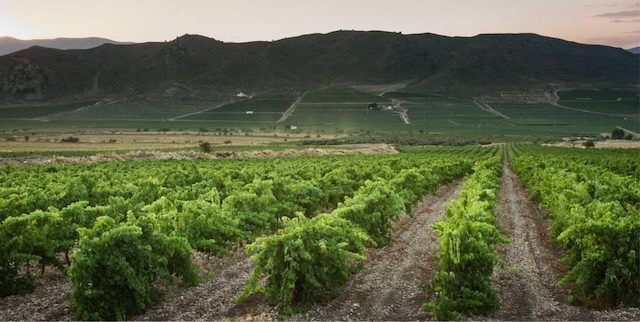
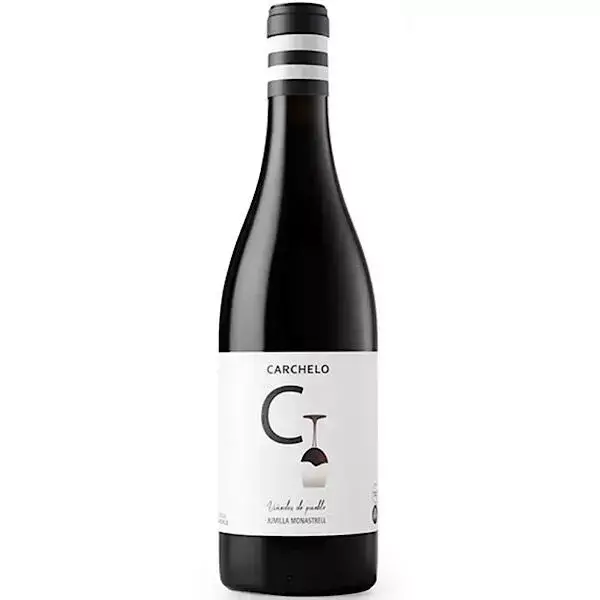
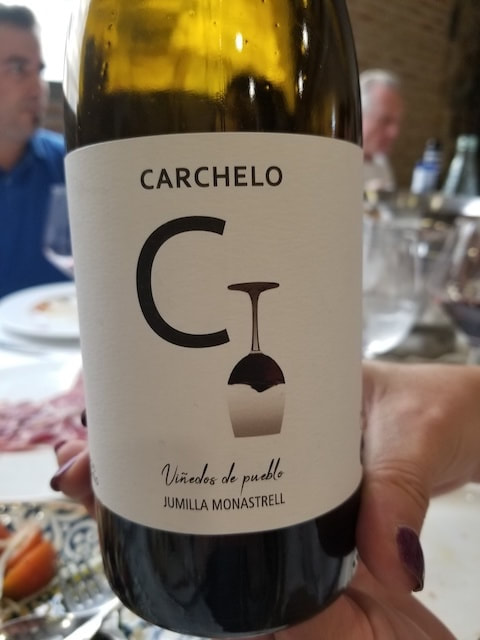
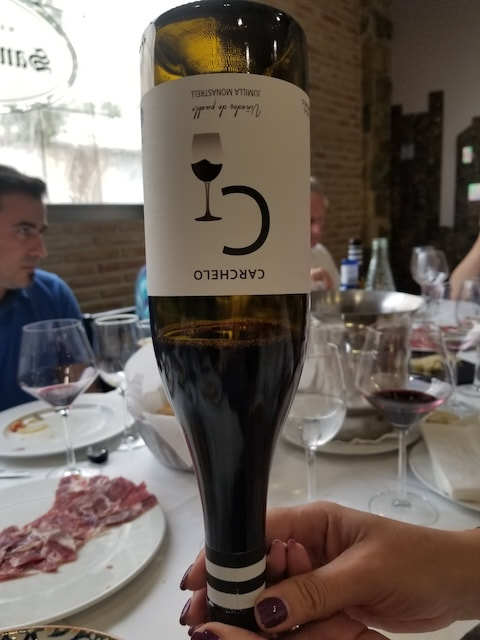
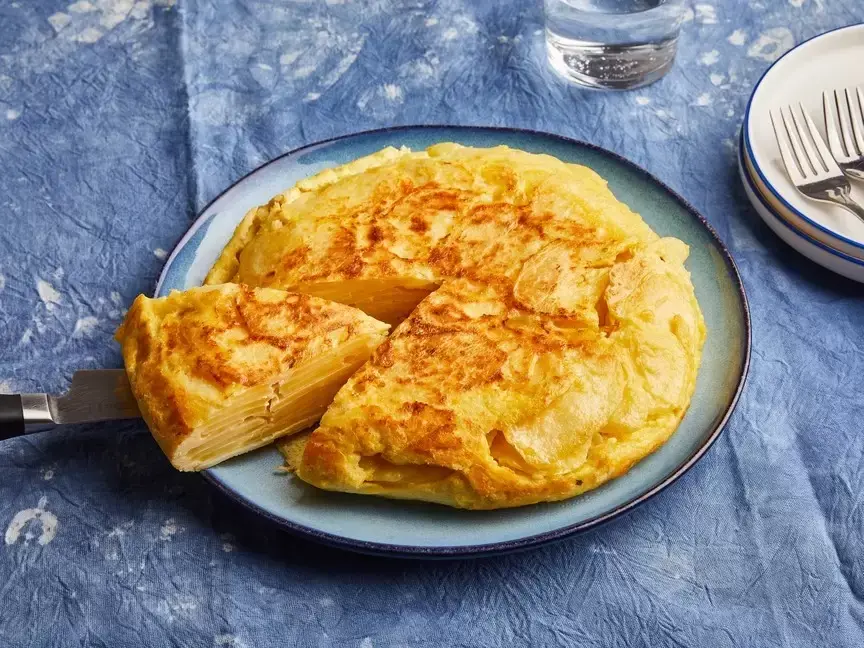
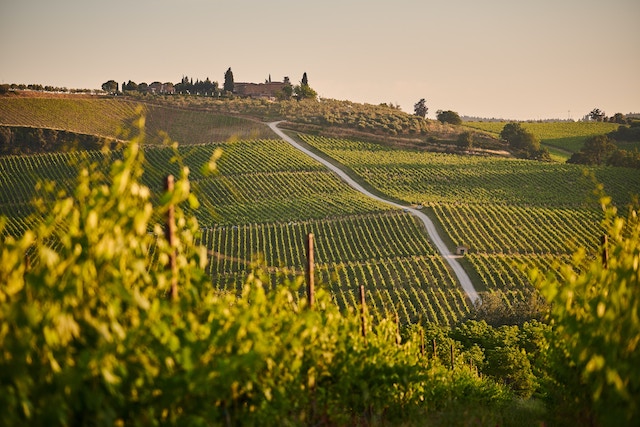
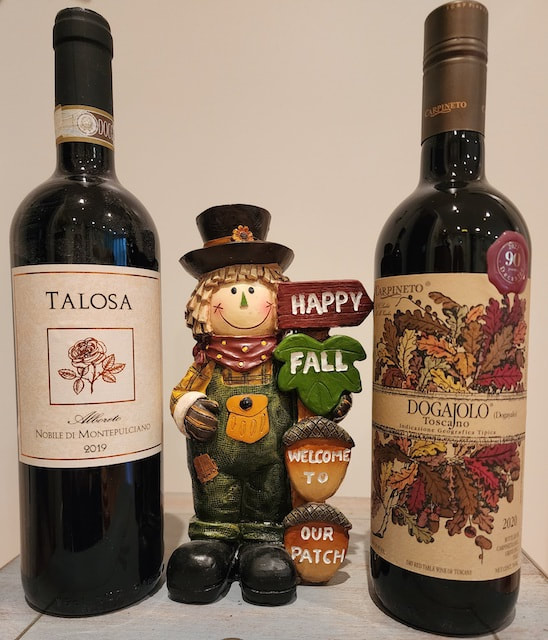
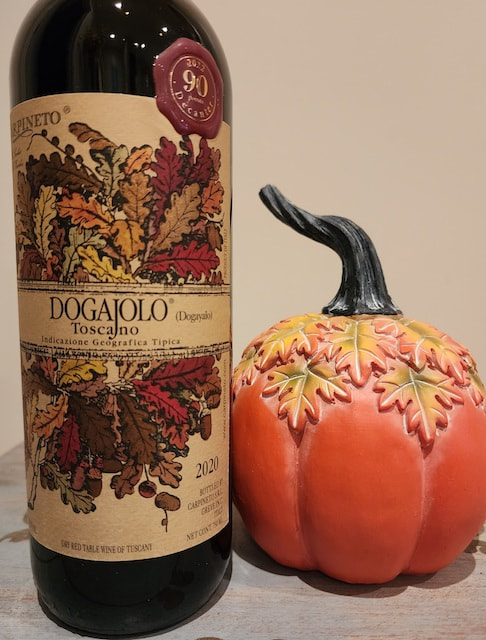
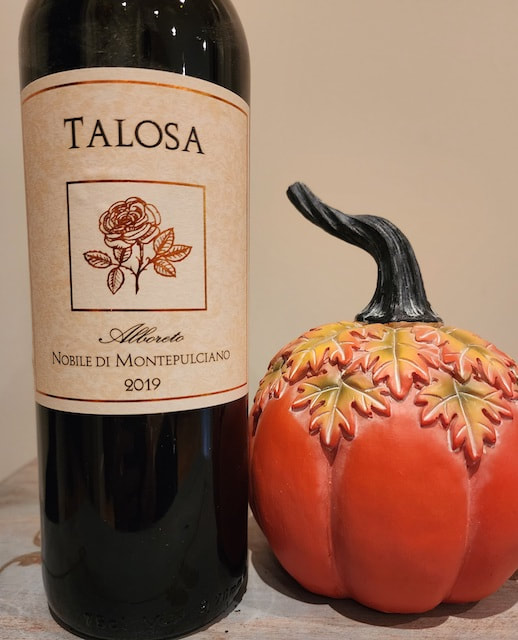
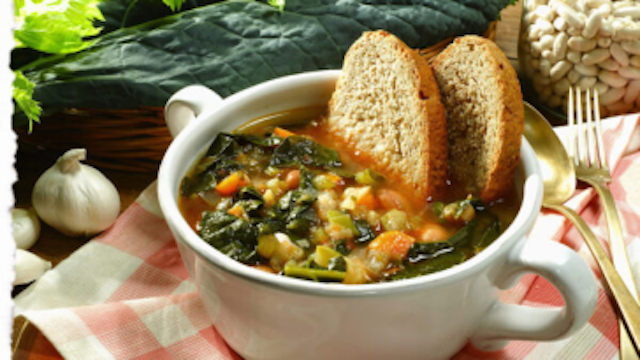


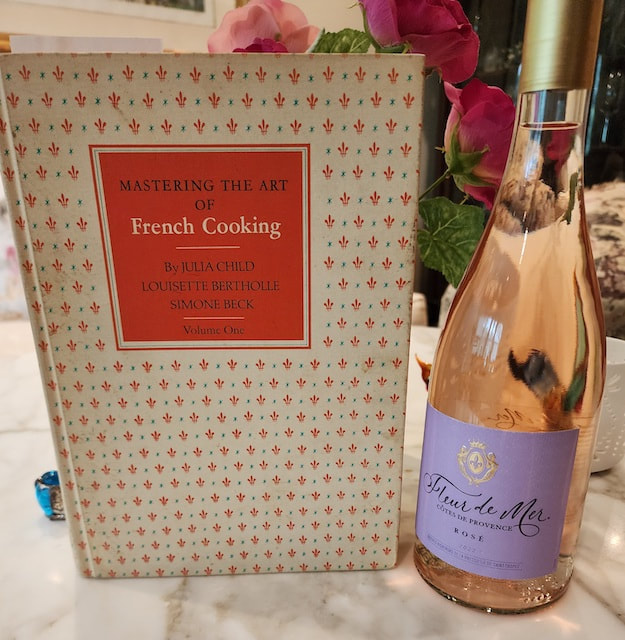
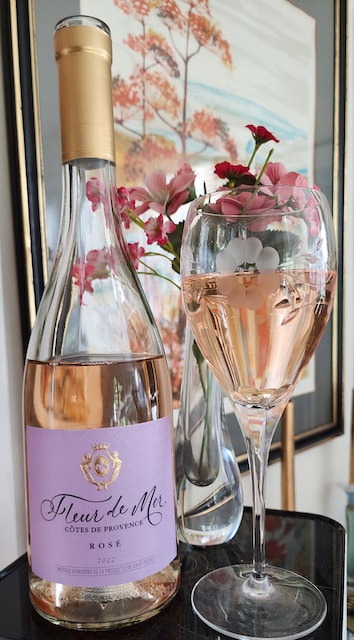
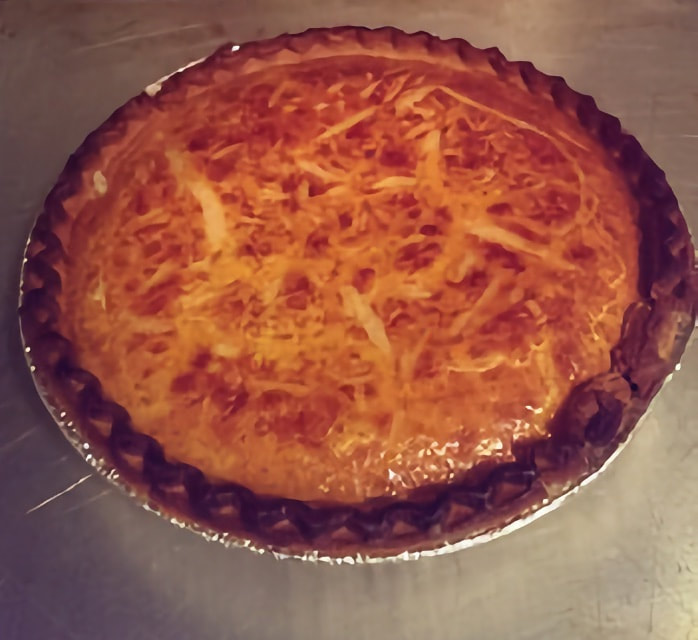
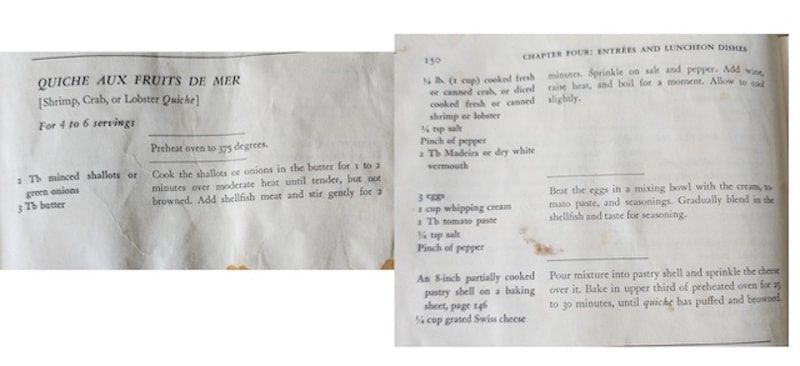

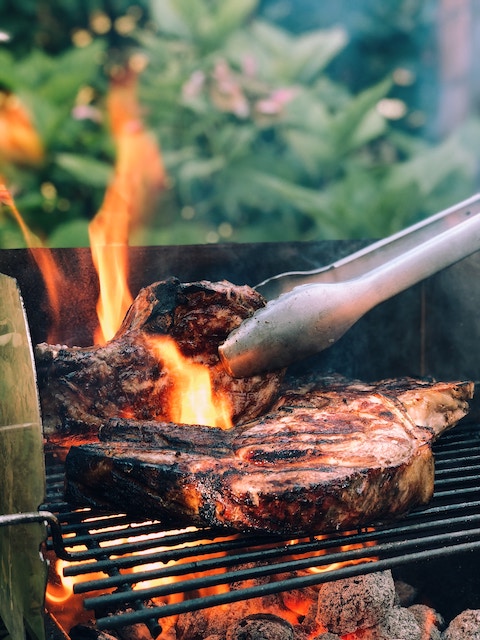
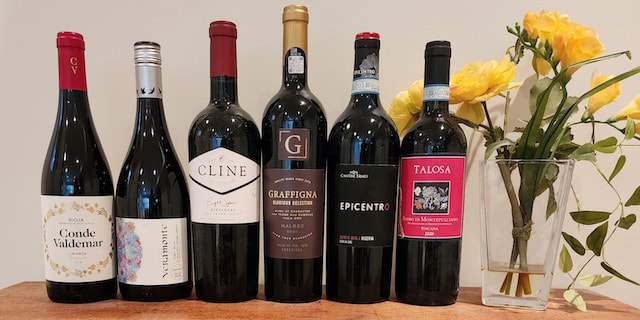
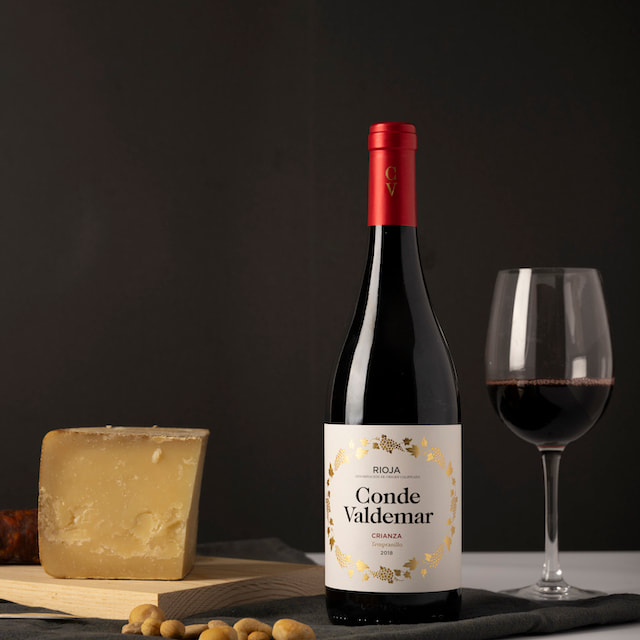
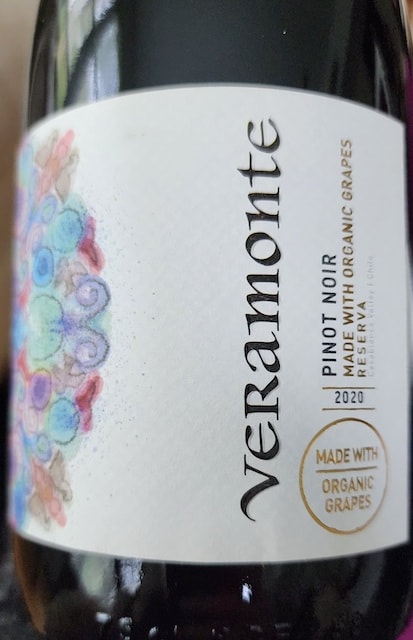
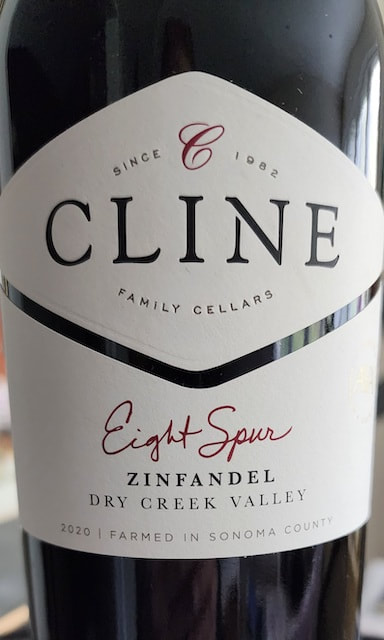
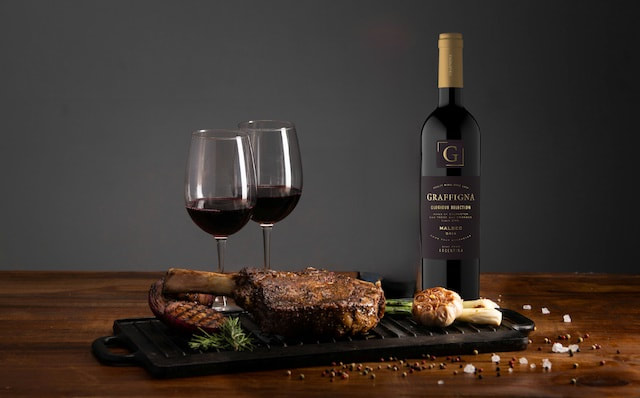
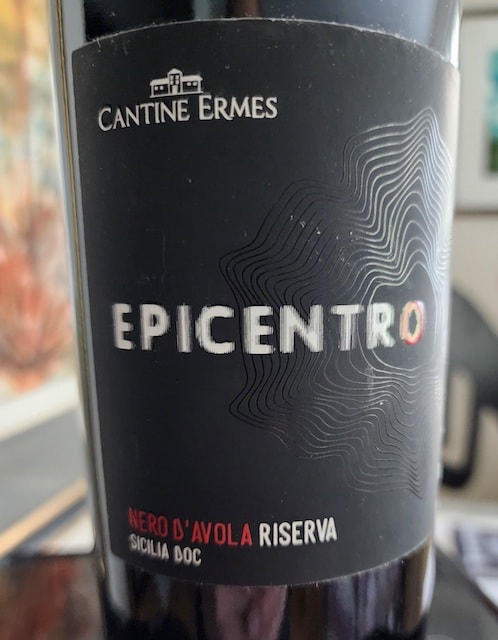
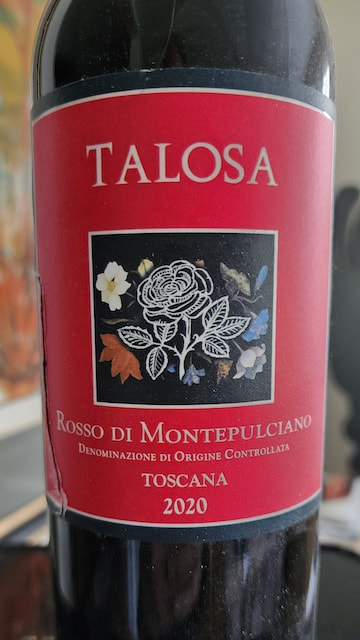
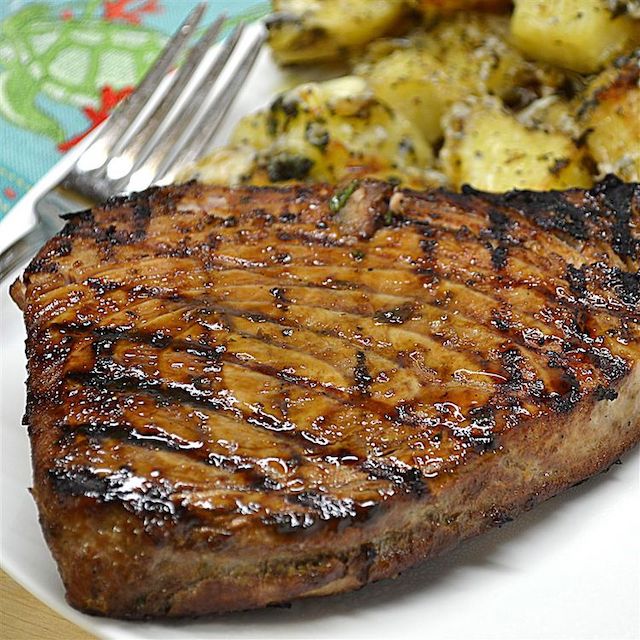
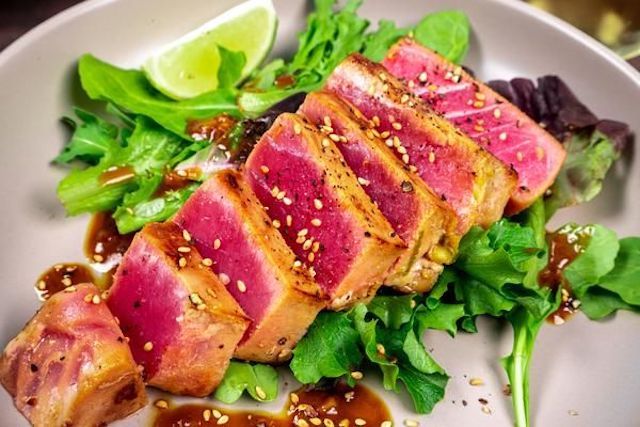
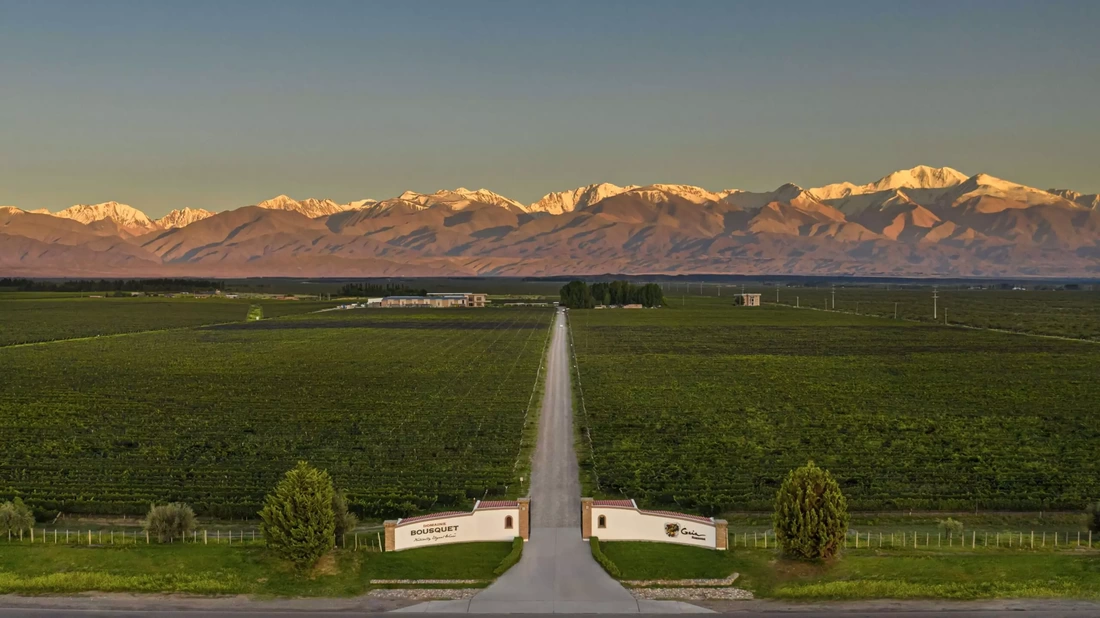
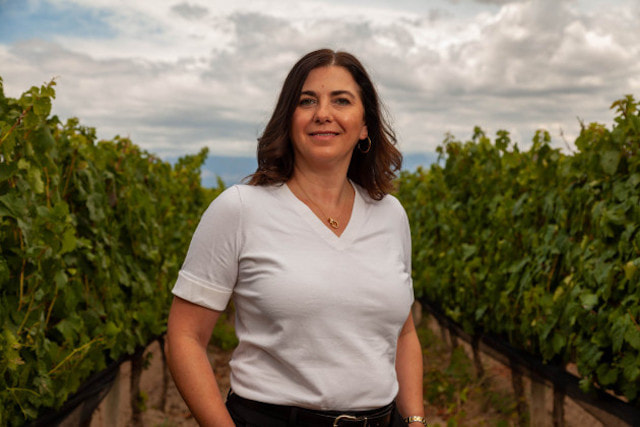
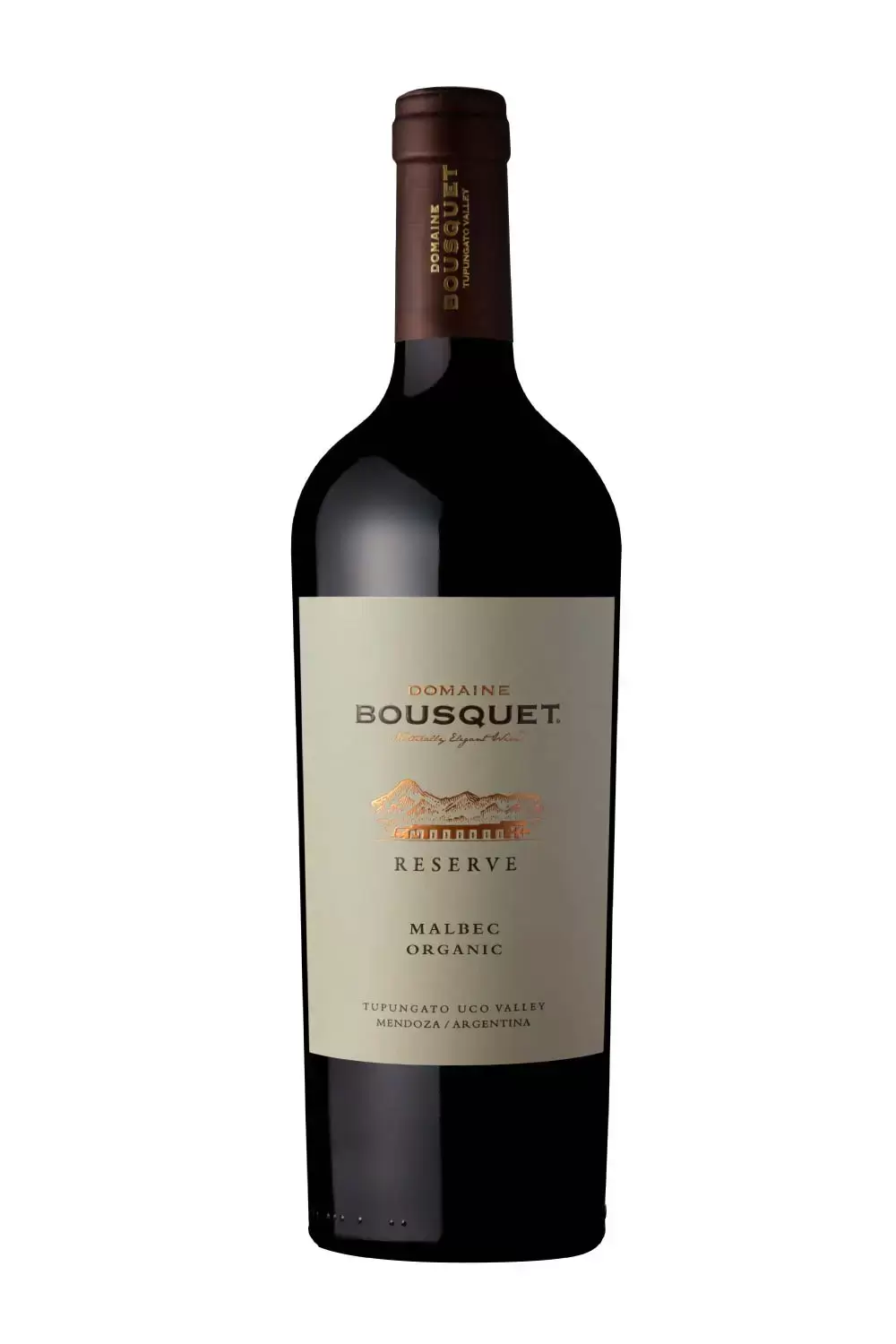
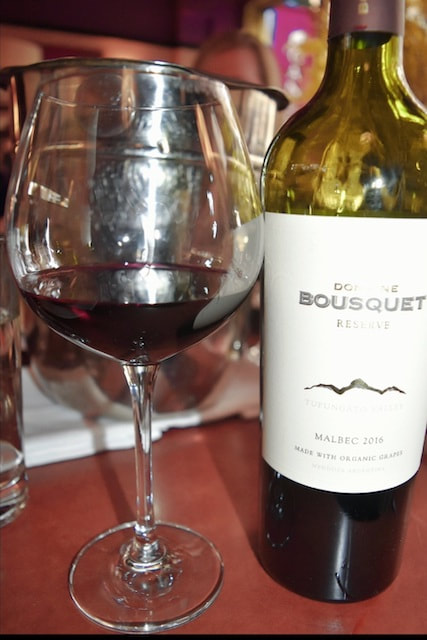
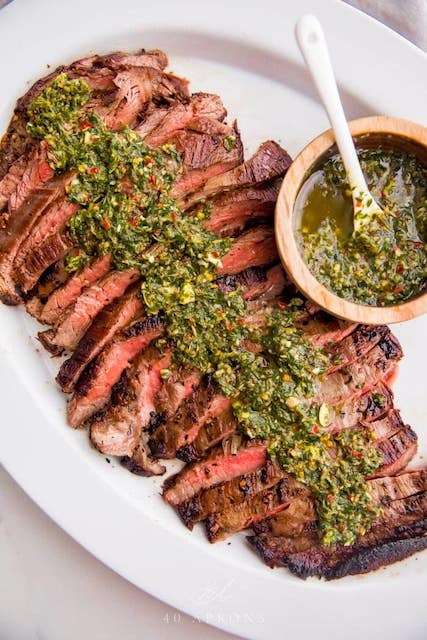

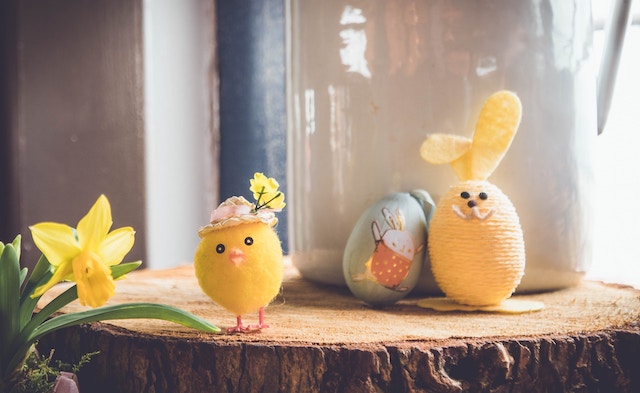
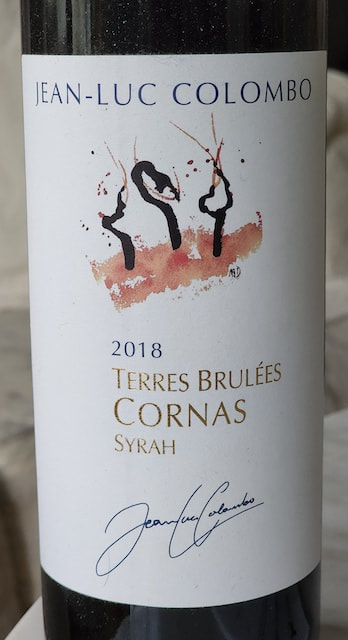
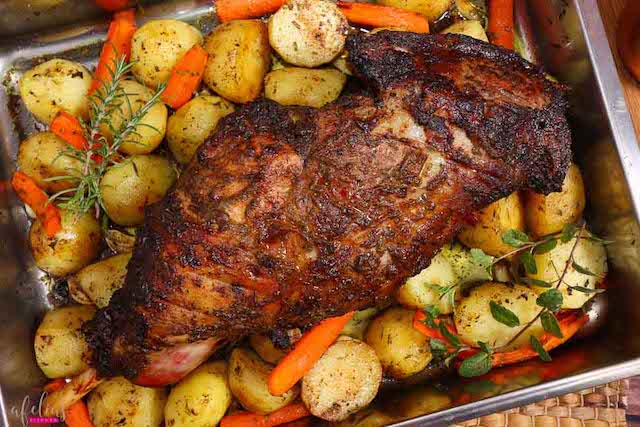
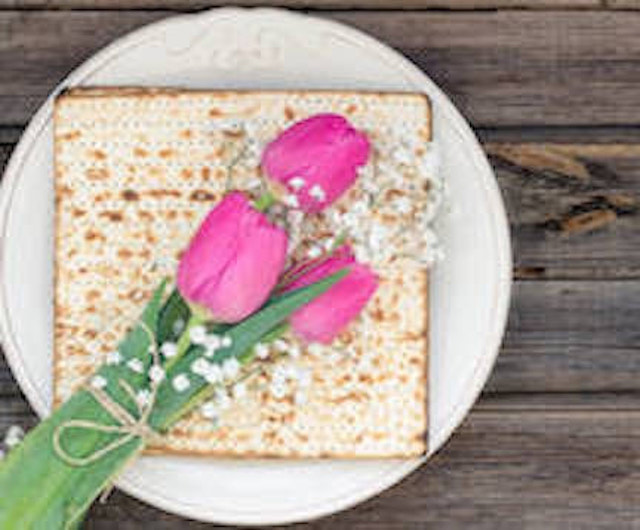
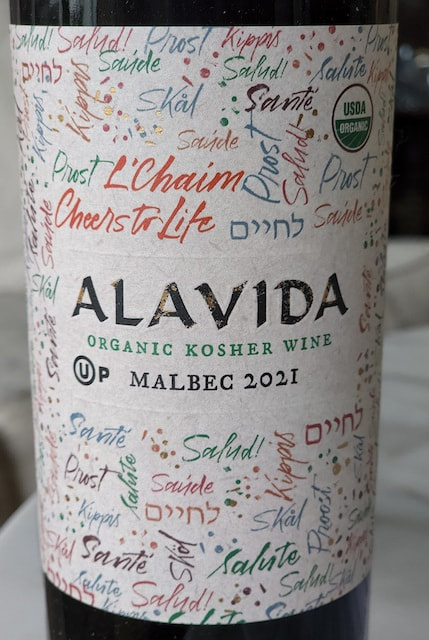
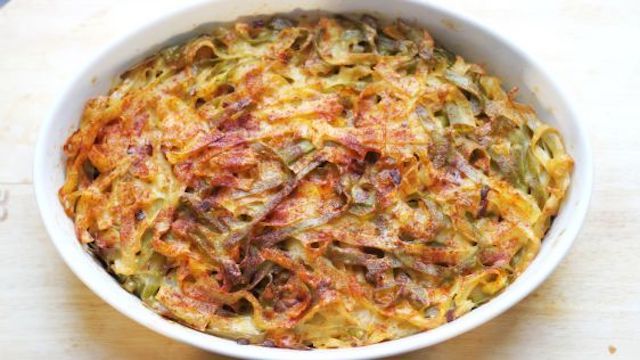

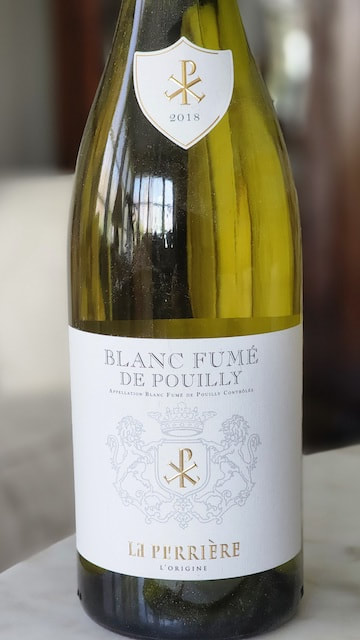
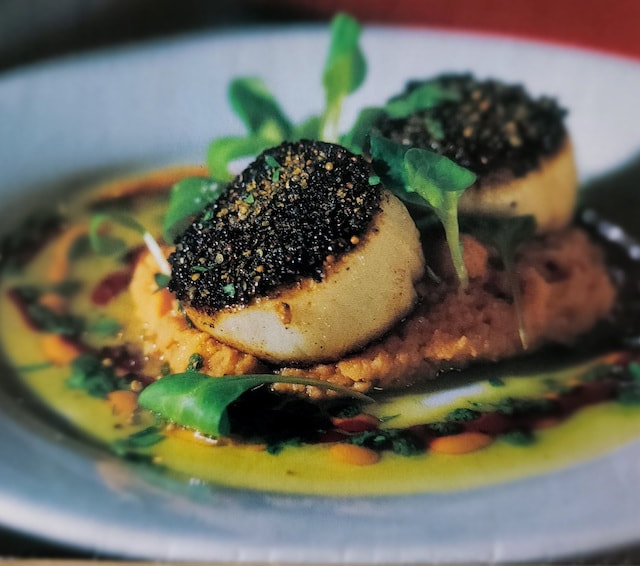
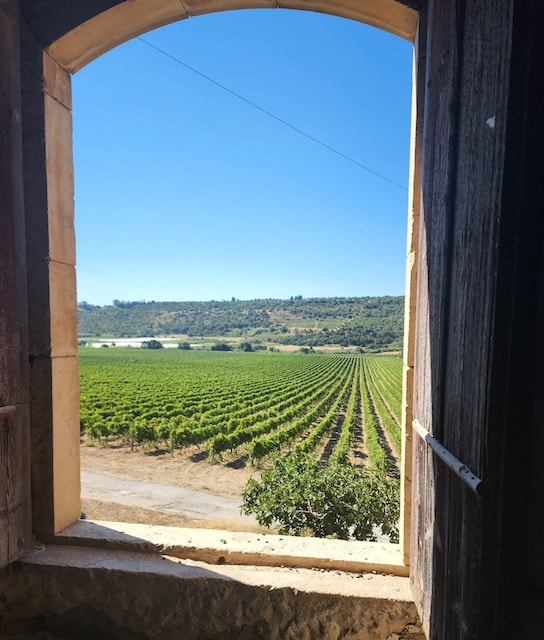
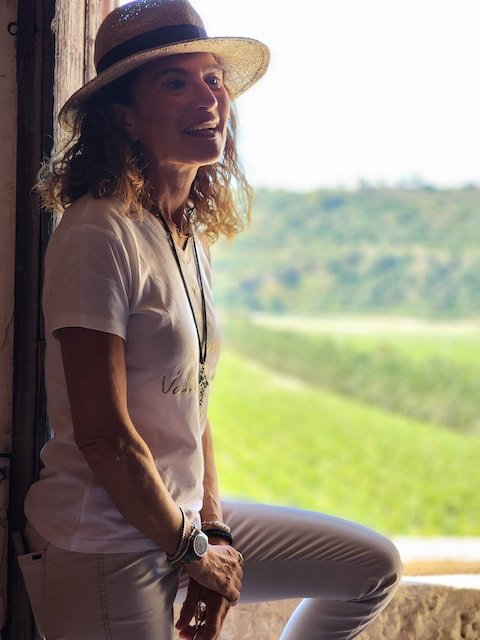
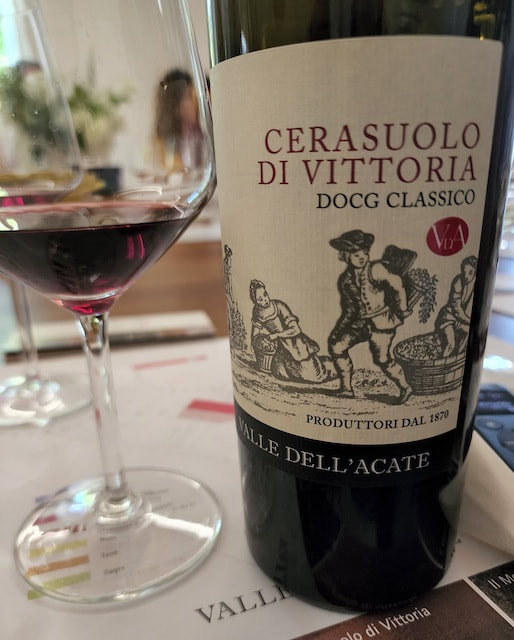
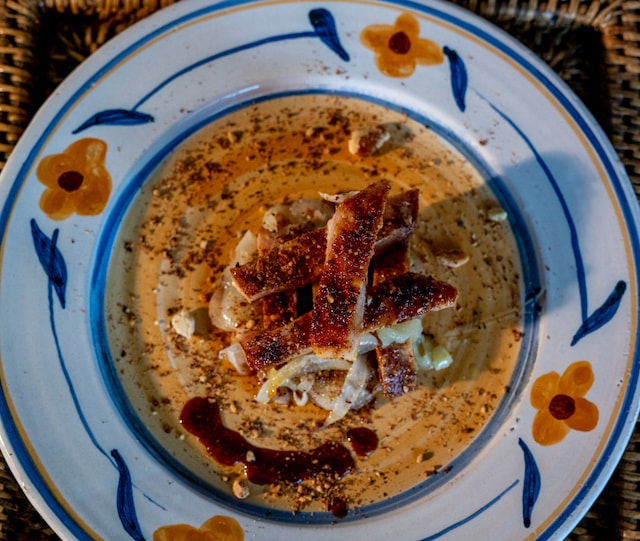
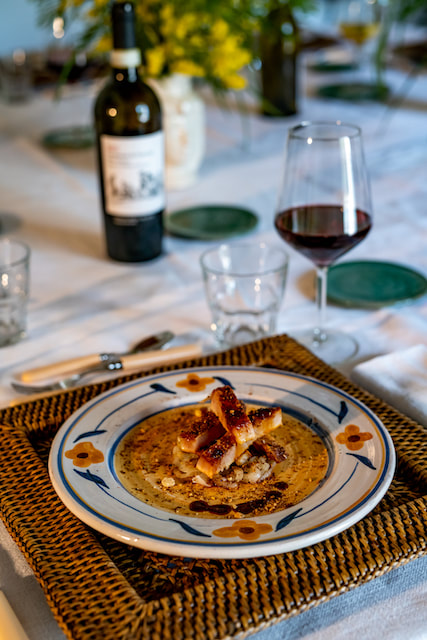
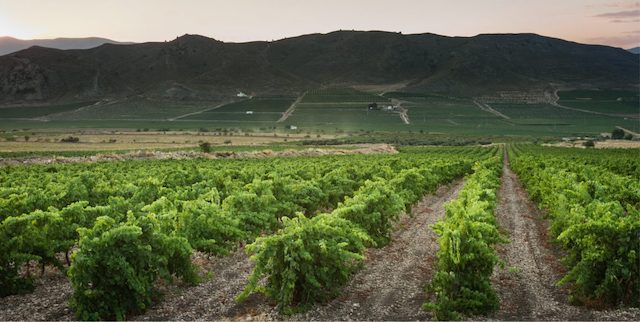
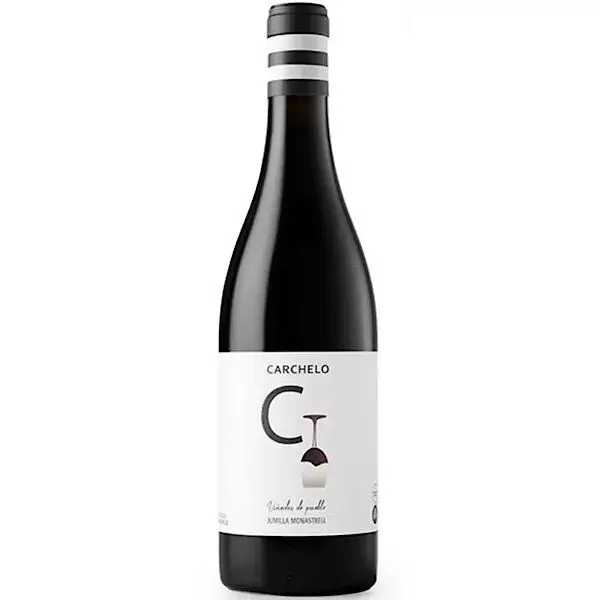
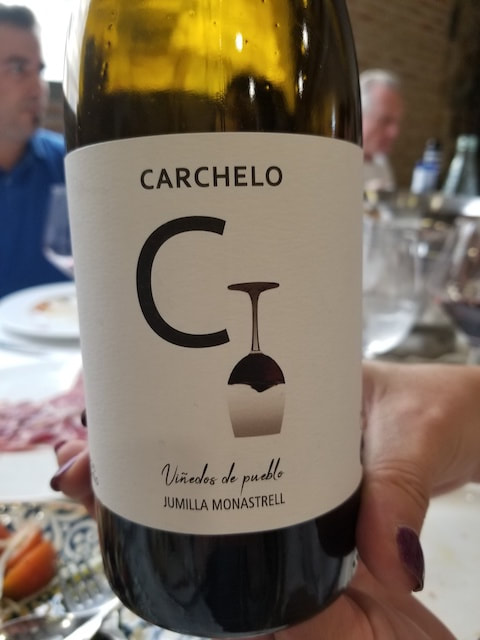
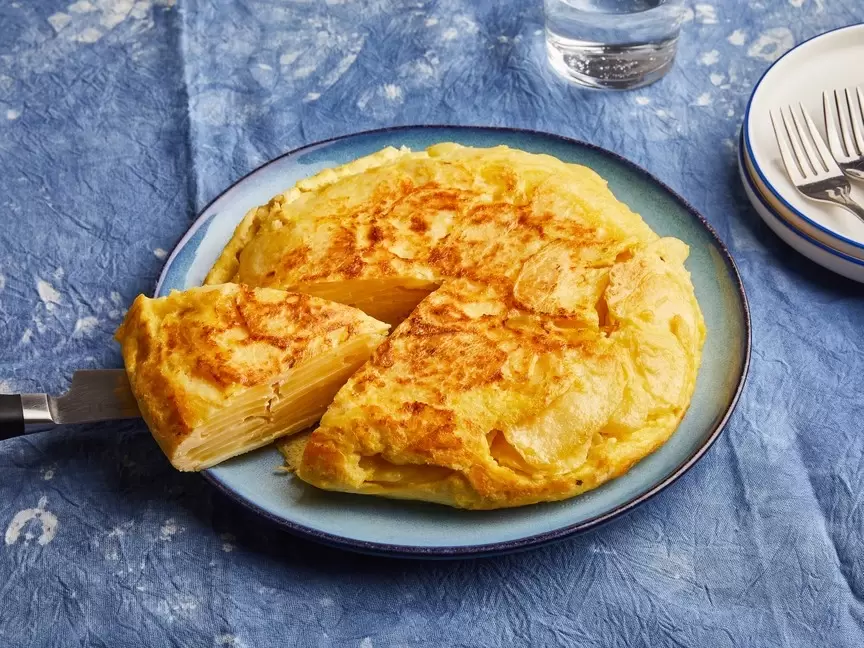
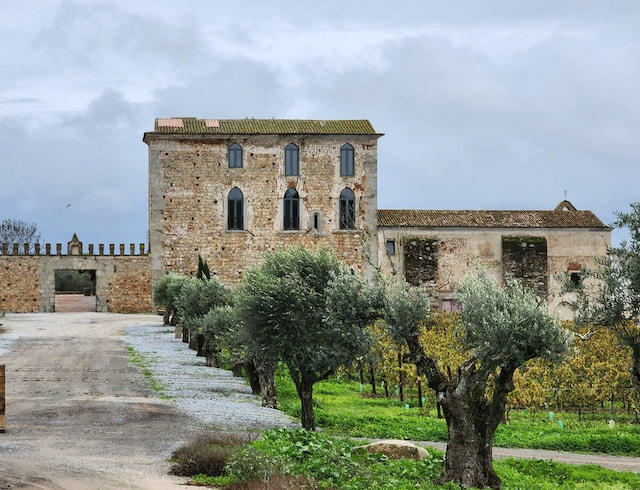
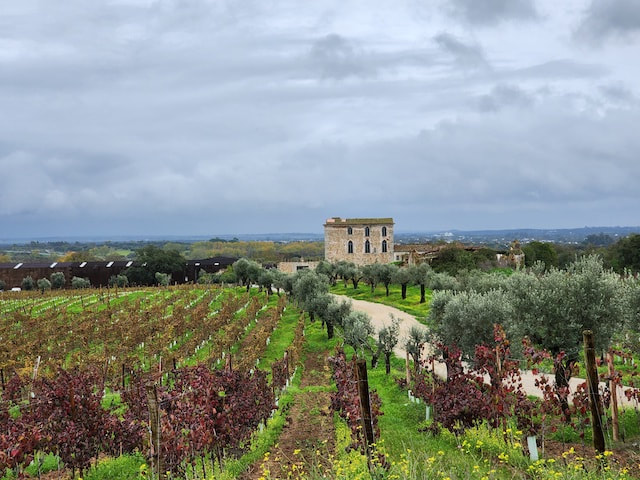

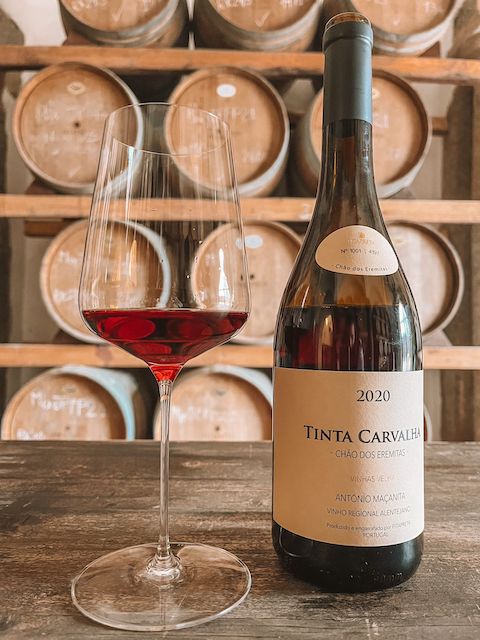
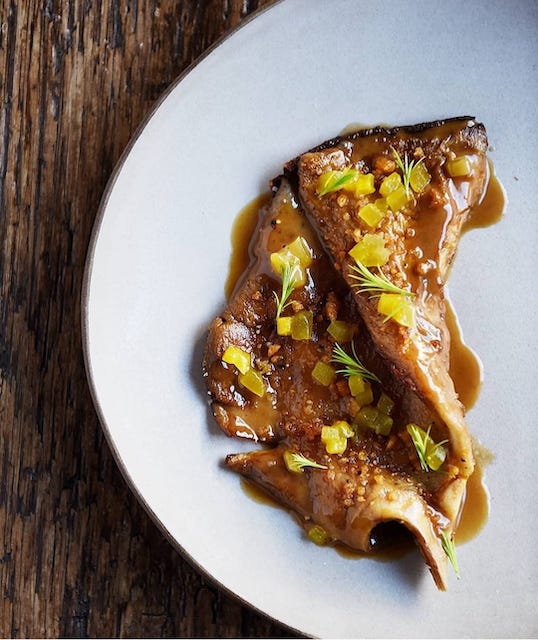
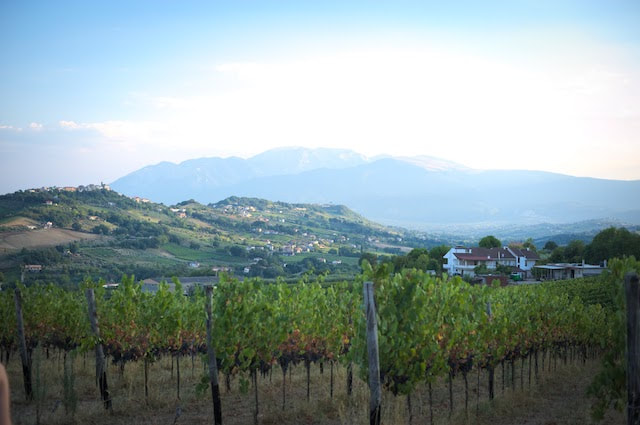

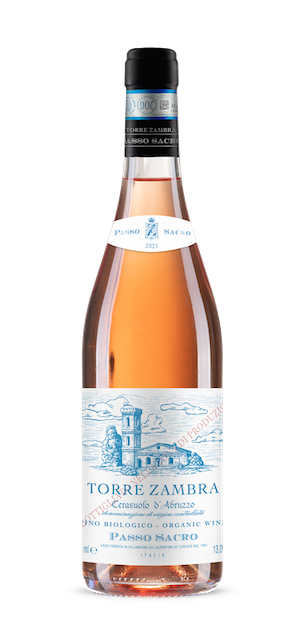
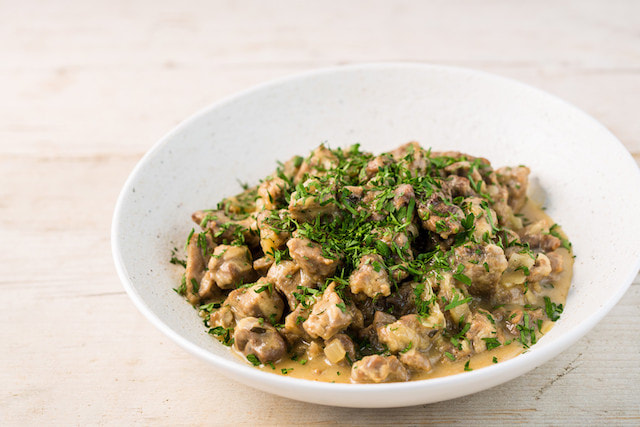
 RSS Feed
RSS Feed